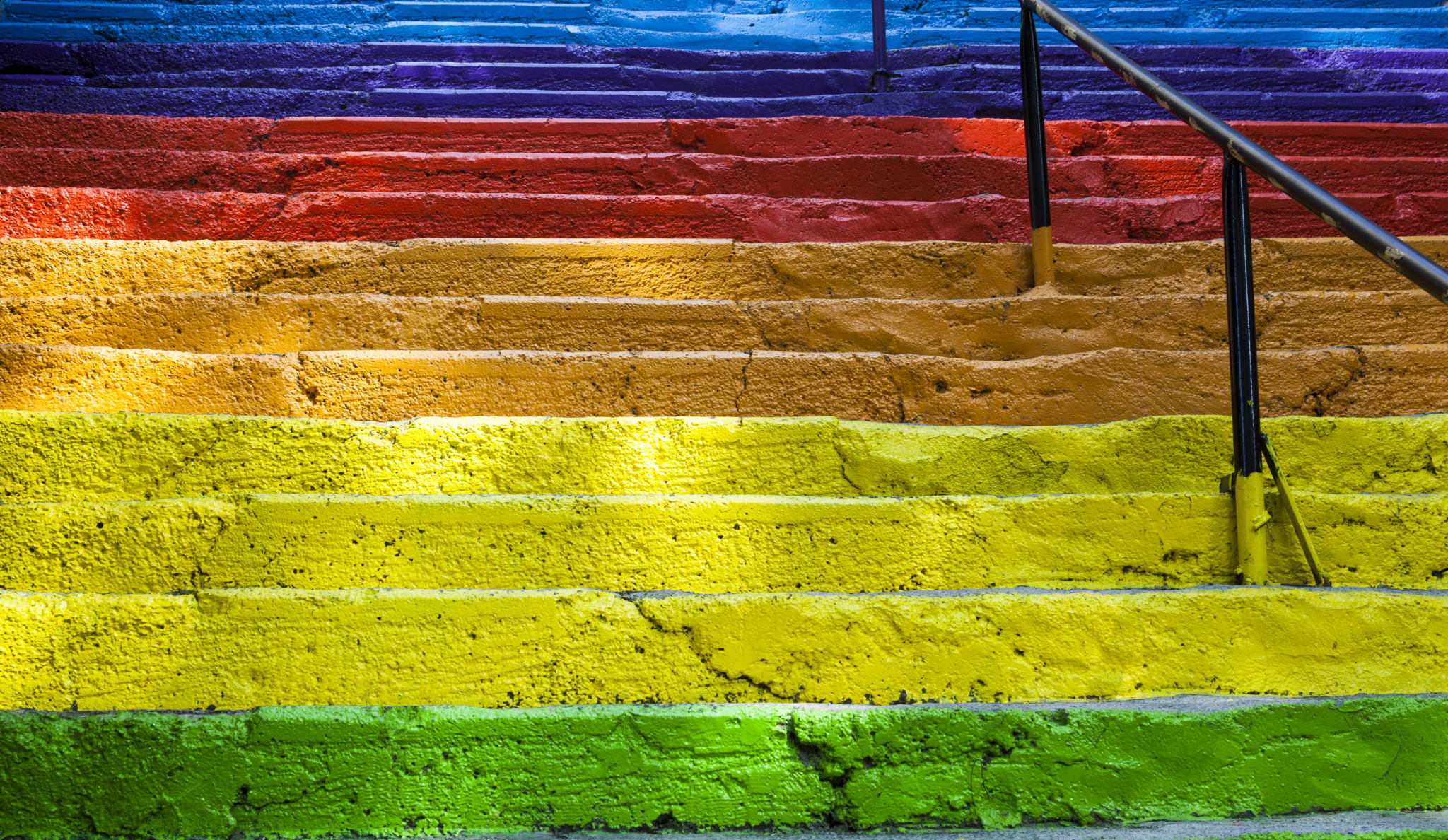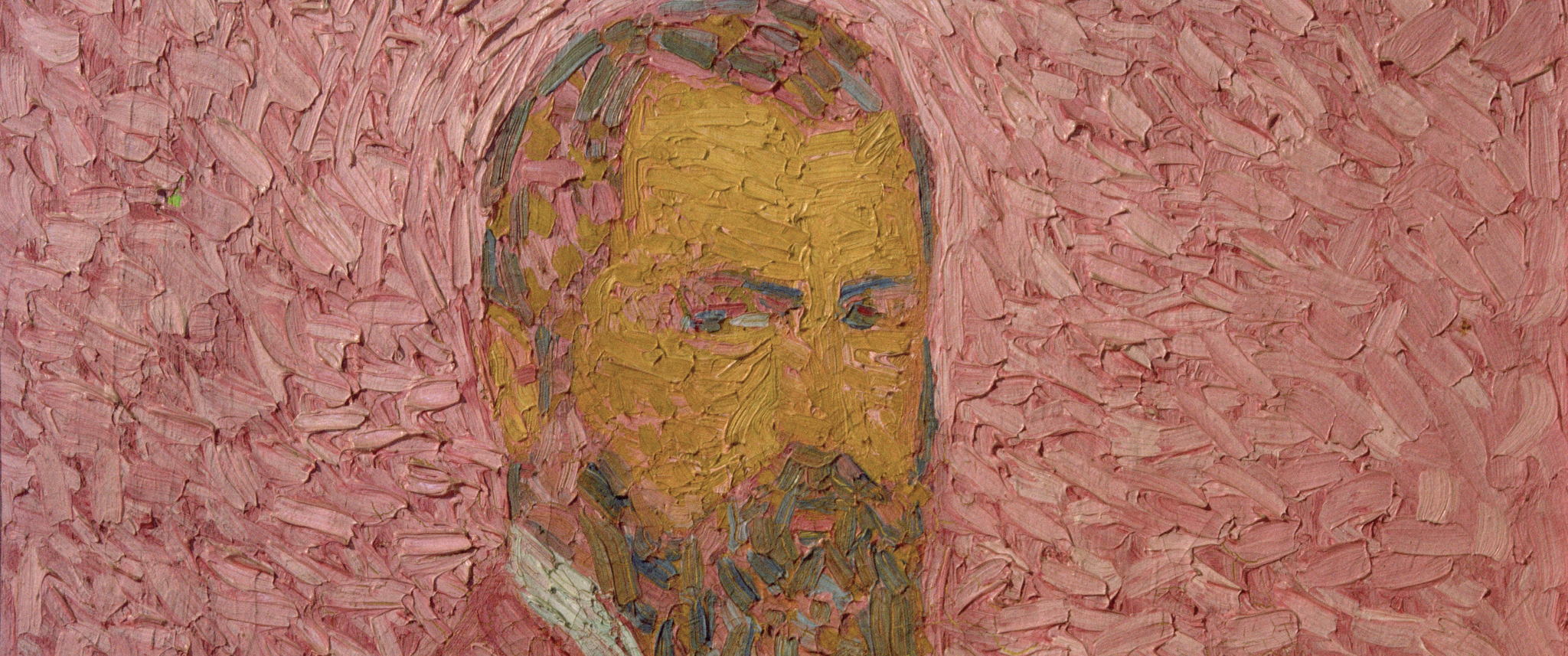The Psychology of Colour
How colours can affect and influence our behaviour and mood.
15 November 2021

Colour psychology is the study of how colours affect our behaviour, mood and impression of others. We communicate, consciously or otherwise, with colour. Colour can be used to evoke emotions, inspire reactions, and change modes of thinking. It can excite or soothe your mood, raise or lower your blood pressure, and even whet your appetite! Research suggests that some of the effects that colours have on us are innate, while some are learned and will vary across cultures.
As colours fall on a spectrum, so too do the emotions and reactions we have to them. The lighter ends of the spectrum tend to invoke calmer responses whilst the bold, vibrant ends give us stronger or more unsettling responses. Did you know that a baby will cry more in a bright yellow room? It's suggested that this is due to yellow being the most stressful colour on the eyes, as it reflects a lot of light.
The psychology of colours is referred to in advertising and branding. When deciding colours for homes and workspaces, colour is given great consideration in order to enhance our well-being or productivity.

• Red is symbolic of excitement, power, determination and energy as well as passion, desire, and love. Red increases respiration rate and raises blood pressure. Red can symbolise violence and danger because of its resemblance to the colour of human blood, and is also associated with warnings. Due to its high visibility, it attracts attention quickly.

• Orange represents enthusiasm, fascination, happiness, creativity, encouragement, and stimulation. It's a social colour that encourages communication. Being a combination of red and yellow, it evokes many similar positive emotions as these two colours.

• Yellow can be associated with joy, happiness, intellect, and energy.It produces a warming effect, arouses cheerfulness, stimulates mental activity. Yellow can also be seen as a colour of danger, cowardice and sickness and we can become irritated, or even angry, when surrounded by a lot of yellow.

• Blue is seen as a colour of trust, competence and strength. It can be peaceful, sincere and compassionate. Blue is often viewed as a non-threatening colour that can seem conservative and traditional. It calls to mind feelings of calmness or serenity, and is often described as peaceful, tranquil, secure, and orderly. Blue is perhaps the most popular colour used in our homes. It has been said that blue can suppress our appetite.

• Green is a dominant colour in nature which represents natural and forested environments. Out of all the colours, green is regarded as the most restful and relaxing for the human eye. Green symbolizes harmony, tranquility and peace. As a soothing, relaxing colour, enhancing stability and endurance. It is most often associated with growth and renewal, and it promotes optimism, hopefulness, and balance.

• Pink is intuitive and insightful, and shows tenderness and kindness and empathy. It is a positive colour that inspires warm calm, and comforting feelings, and can relieve feelings of anger, aggression, resentment, abandonment and neglect. Studies have indicated that exposure to large amounts of rose pink can have a calming effect on nerves and anxiety. Pink has been linked to reduced aggression, and its use in holding cells for violent offenders has been quite effective. While pink is often associated with femininity, there is no scientific evidence to suggest that women are more predisposed to like the colour than men.

• Purple is a colour of harmony; of mind and body, contributing to mental balance and stability, a link between the spiritual and physical worlds. Purple is conducive to the practice of meditation. It is also associated with royalty, nobility, luxury, and ambition, and can convey wealth and extravagance. We associate purple with wisdom, creativity, mystery, and magic.
Of course, there are no strict rules around colours, and the response we have to them may vary greatly between us. Colour has been such a fascinating subject throughout the ages, in history, art and culture, and will continue to be as we further our understanding of its effects on us.
